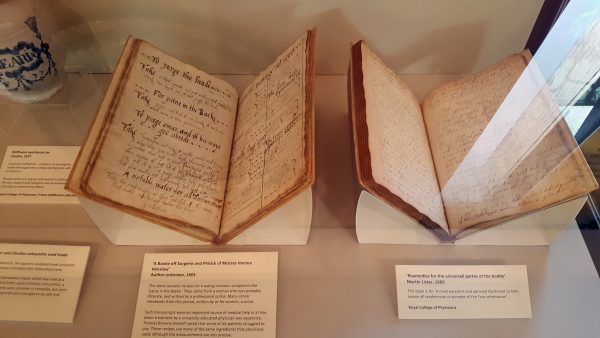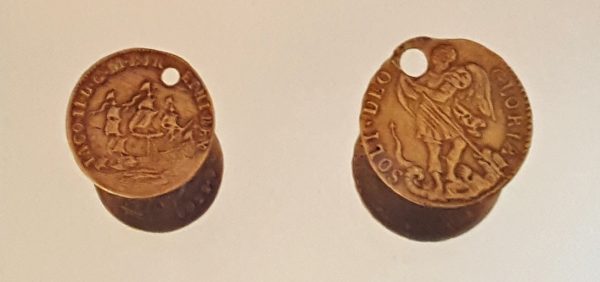That modernist block by Regents Park that houses the medical professionals of the Royal College of Physicians has been given over to alchemy, astrology and witchcraft.
It’s an exhibition, not a new branch of the NHS, and this “cabinet of rarities” is a collection of objects collected by physician, philosopher, collector, and polymath, Sir Thomas Browne.
Browne (1605–1682) saw the extraordinary in the ordinary, and introduced over 700 new words to the English language, while inspiring literary greats such as Virginia Woolf and Edgar Allan Poe.
His collection now on display reveals a perspective on 17th-century scientific and medical research. Originally housed at Browne’s home in Norwich, the collection included animal and plant samples as well as books, paintings, and artifacts.
The exhibition is basically a few glass cases containing manuscript letters and notebooks, shedding light on his diverse interests – including science, medicine, literature and even witchcraft trials.
What makes it so curious to visit is less the objects, than the display cards next to them that provide the context and the insights into the mind of an early scientist.
At a time when magic and religion were considered to be science, his views look distinctly odd today, but at the time would have been quite sensible.
For example:
An ostrich he owned died and was dissected, to find that “a peece of iron which weighed two ounces and a half”, which his father suggested feeding to the bird was still in the stomach.
Elsewhere he observed that a good glue could be made from the skin of corpses.
In 1662 he gave evidence at a witch trial which saw two women condemned to death. Browne explained that witchcraft was part of the “invisible agent” alive in society, so was consistent with the unknown aspects of his science.
As a scientist after my own heart, he conducted experiments on the effects of alcohol on men – although the average person might be wary of being asked to drink a “gallon of brandie”, as it killed the subject, although another person survived if the brandy wasn’t sweetened.
Quite naturally, we should conclude that the solution is to – avoid sugar.
Of course he could have applied to the King to save the stricken drunk, for the touch of the monarch’s hand was still believed to be divine and cure illnesses.
A couple of gold tokens finish the display, which were given by King Charled II after he touched sick people. They wouldn’t have got better, but at least they could afford a decent funeral.
The exhibition, ‘A cabinet of rarities’: the curious collections of Sir Thomas Browne closes shortly, on 1st December. It’s open Monday–Friday only, 9am–5pm (last entry 4.30pm).













Browne’s father suggested feeding an ostrich with iron ? Not possible !
A quincunx implies that there are four display cases arranged in a square with the fifth in the centre. Doesn’t look like it from the photo though.
That said it still looks jolly interesting. I might suggest going to my GP as a change from leeches on the NHS.